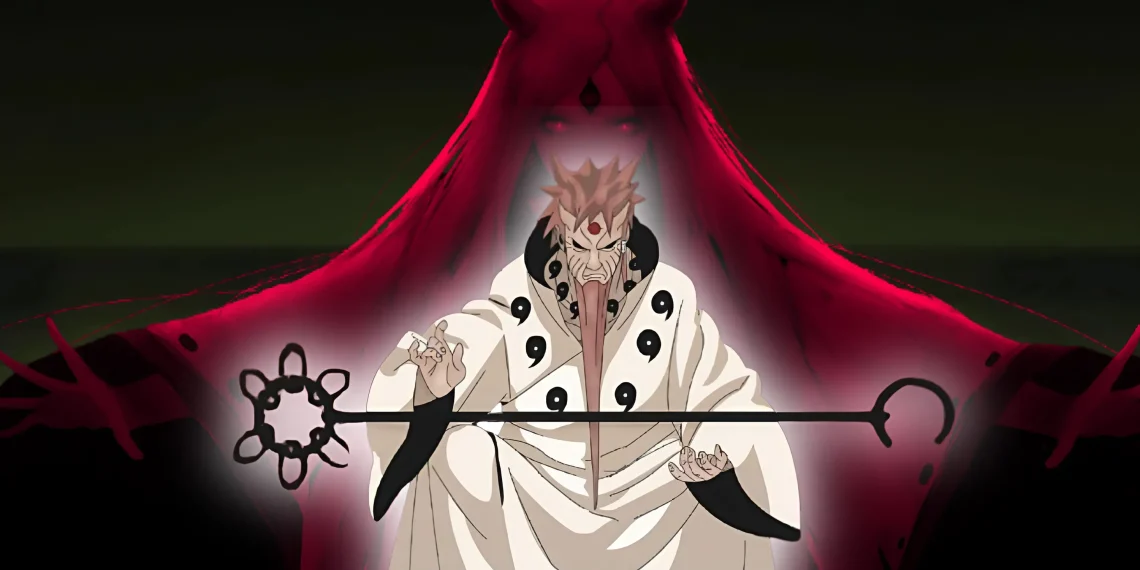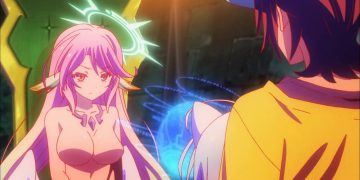In the Naruto world, few figures stand as tall or influential as Hagoromo Otsutsuki, also known as the Sage of the Six Paths.
His role in the Fourth Great Ninja War was pivotal, and without his intervention, the outcome of the war might have been drastically different.
Hagoromo was instrumental in helping Naruto Uzumaki and Sasuke Uchiha, offering them his chakra and guiding them in their final battle against Kaguya Otsutsuki.
His presence was seen as an immense force of good, helping humanity in its most desperate time.
However, an interesting question arises: What if Hagoromo had been the final antagonist instead of his mother, Kaguya?
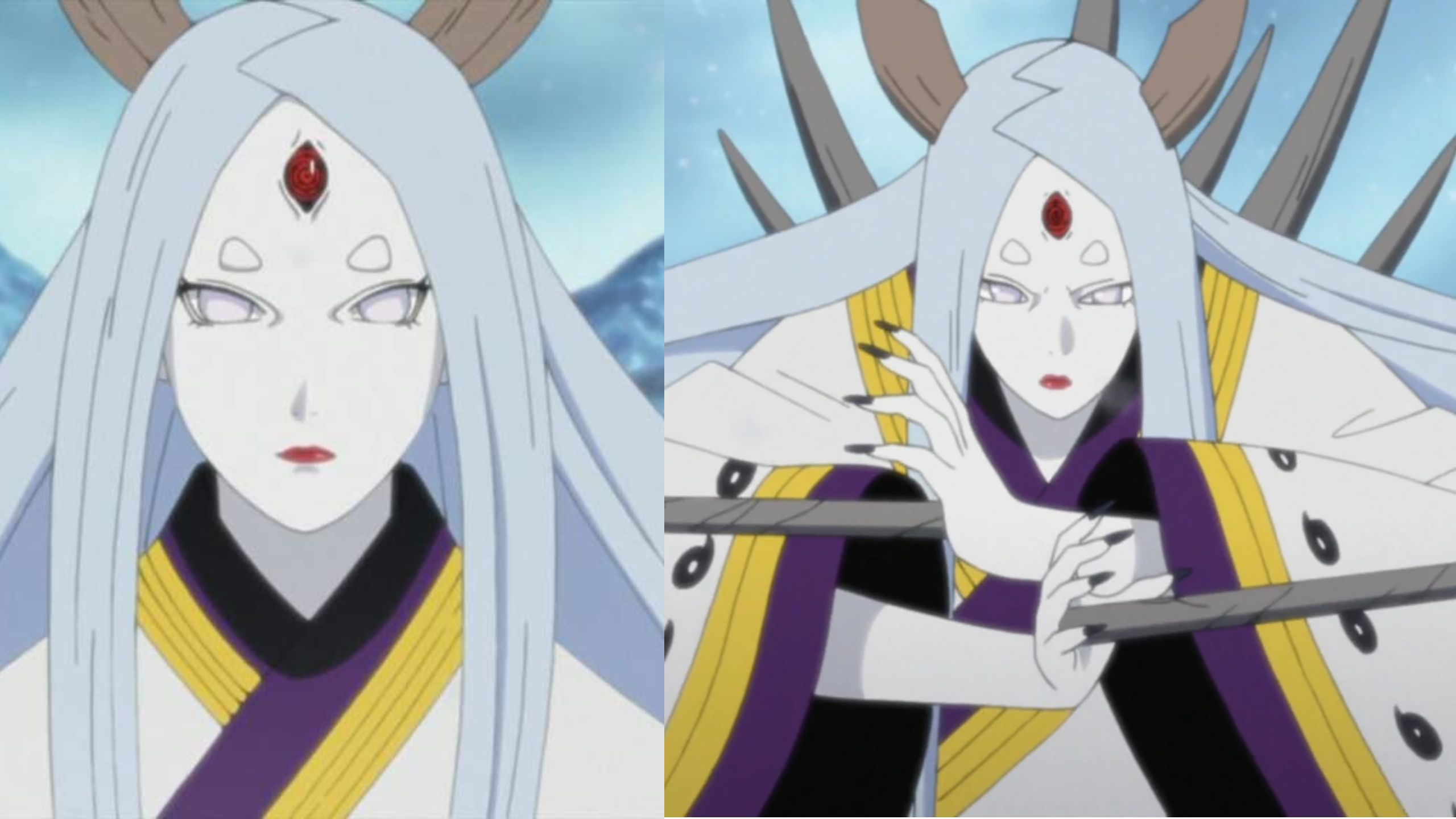
While Kaguya’s introduction as the ultimate enemy was surprising and lacked the depth many fans expected, Hagoromo, with his vast history and intricate lore, could have been a more formidable and engaging villain.
In fact, he might have been an even worse threat than Kaguya, with the potential to bring the shinobi world to its knees in ways that Kaguya couldn’t.
The Role of Hagoromo in Ending the War
Before jumping into the hypothetical scenario of Hagoromo as the final villain, it’s essential to acknowledge his role in the original timeline.
During the Fourth Great Ninja War, the world was on the brink of destruction. Madara Uchiha had succeeded in activating the Infinite Tsukuyomi, trapping nearly everyone in a dream-like state.
Kaguya Otsutsuki, who had been revived, became the final antagonist, aiming to consume the chakra of all living beings. In this critical moment, Hagoromo appeared as an ally to Naruto and Sasuke.
By sharing his power with them, Hagoromo enabled the two young shinobi to defeat Kaguya.
His decision to trust in the new generation and empower them with his chakra was a defining moment in the war, ultimately leading to the salvation of the world. His wisdom, guidance, and strength were the keys to victory.

However, while Hagoromo’s actions as an ally were crucial, it’s worth considering how things might have unfolded if he had chosen a different path.
What if Hagoromo had been the one standing against Naruto and Sasuke, rather than supporting them?
Hagoromo’s Potential as the Final Antagonist
Hagoromo Otsutsuki, the legendary Sage of the Six Paths, was not only the son of Princess Kaguya Otsutsuki but also the father of the shinobi world.
He was the first person to possess chakra and was the original jinchuriki of the Ten-Tails. This alone made him an immensely powerful figure, far surpassing most other characters in the series.
His mastery over chakra, combined with his understanding of the spiritual and physical aspects of the world, placed him in a league of his own.
Unlike Kaguya, who was introduced abruptly near the end of the series, Hagoromo had been part of Naruto’s lore from early on.
His legend was well-established, and fans were familiar with his contributions to the creation of the shinobi world.
This deep-rooted history made him a figure of immense intrigue and potential.
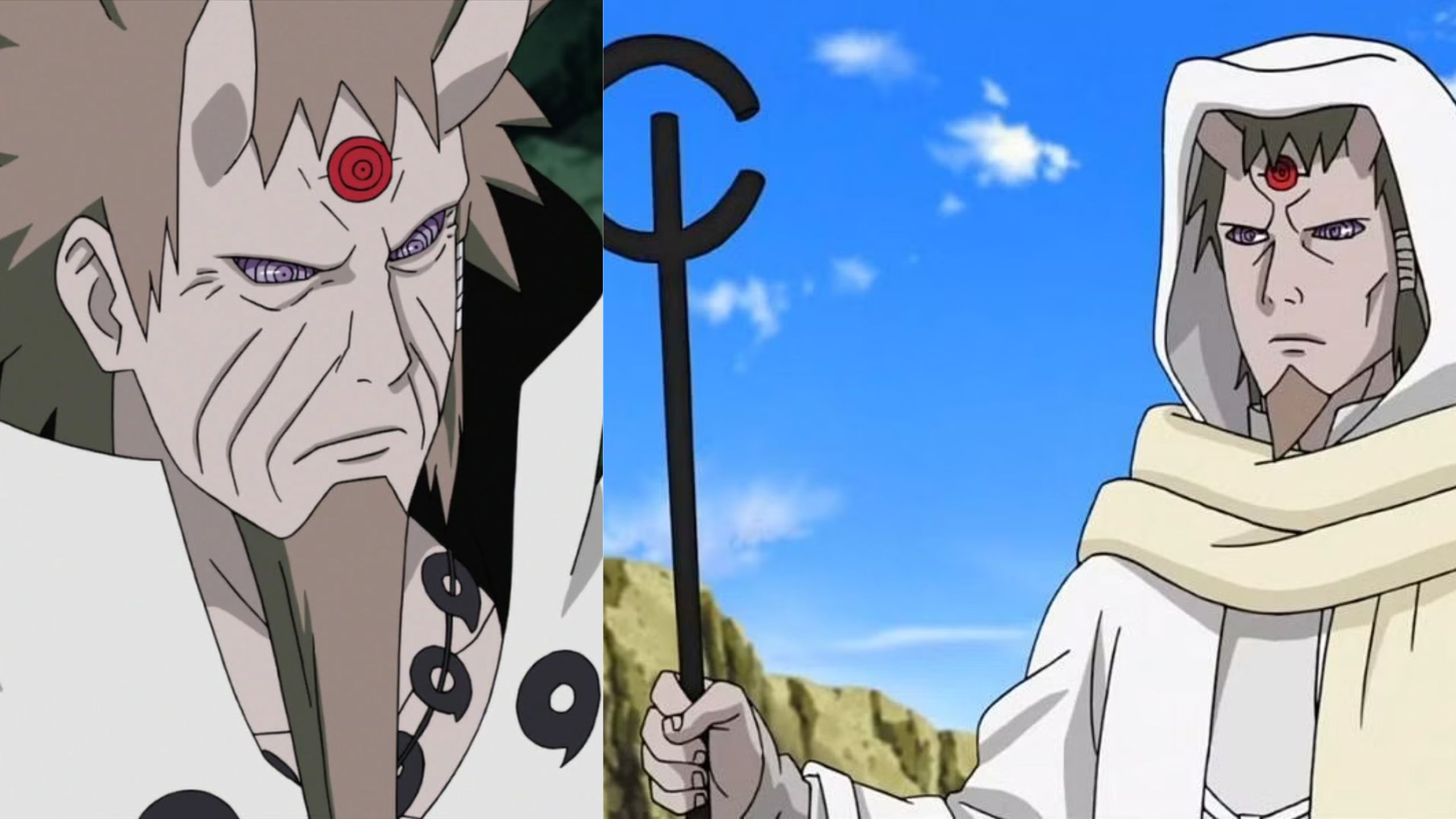
If he had been the final antagonist, the emotional and narrative weight behind his character would have been far greater than Kaguya’s sudden appearance.
Kaguya’s introduction was met with mixed reactions from fans. While she was undoubtedly a powerful and terrifying figure, her character felt underdeveloped.
She lacked the depth and backstory that many of the series’ other villains, like Madara Uchiha, had.
Her sudden rise as the final antagonist left many fans feeling that her character was rushed and that her motivations weren’t as fleshed out as they could have been.
In contrast, Hagoromo had a rich history that spanned centuries. His story was intertwined with the very foundations of the ninja world, making him a far more compelling character.
As the creator of ninjutsu and the father of Ashura and Indra the ancestors of the Senju and Uchiha clans his influence was felt throughout the entire series.
This deep connection to the world of Naruto would have made him a much more impactful final antagonist.
A Conflict of Ideals
One of the most compelling aspects of having Hagoromo as the final villain would have been the ideological conflict between him and Naruto.
Throughout the series, Naruto’s journey was one of breaking free from the cycles of hatred and violence that had plagued the shinobi world for generations.
He sought peace through understanding, compassion, and cooperation. Hagoromo, as the father of the shinobi world, could have represented the old ways the belief that power and control were necessary to maintain order.
Hagoromo’s belief in the balance of power and his decision to divide the Ten-Tails into nine separate tailed beasts were actions that shaped the world in profound ways.
But what if, as the final villain, he had believed that the only way to achieve true peace was to reclaim the power of the Ten-Tails and impose his will on the world?
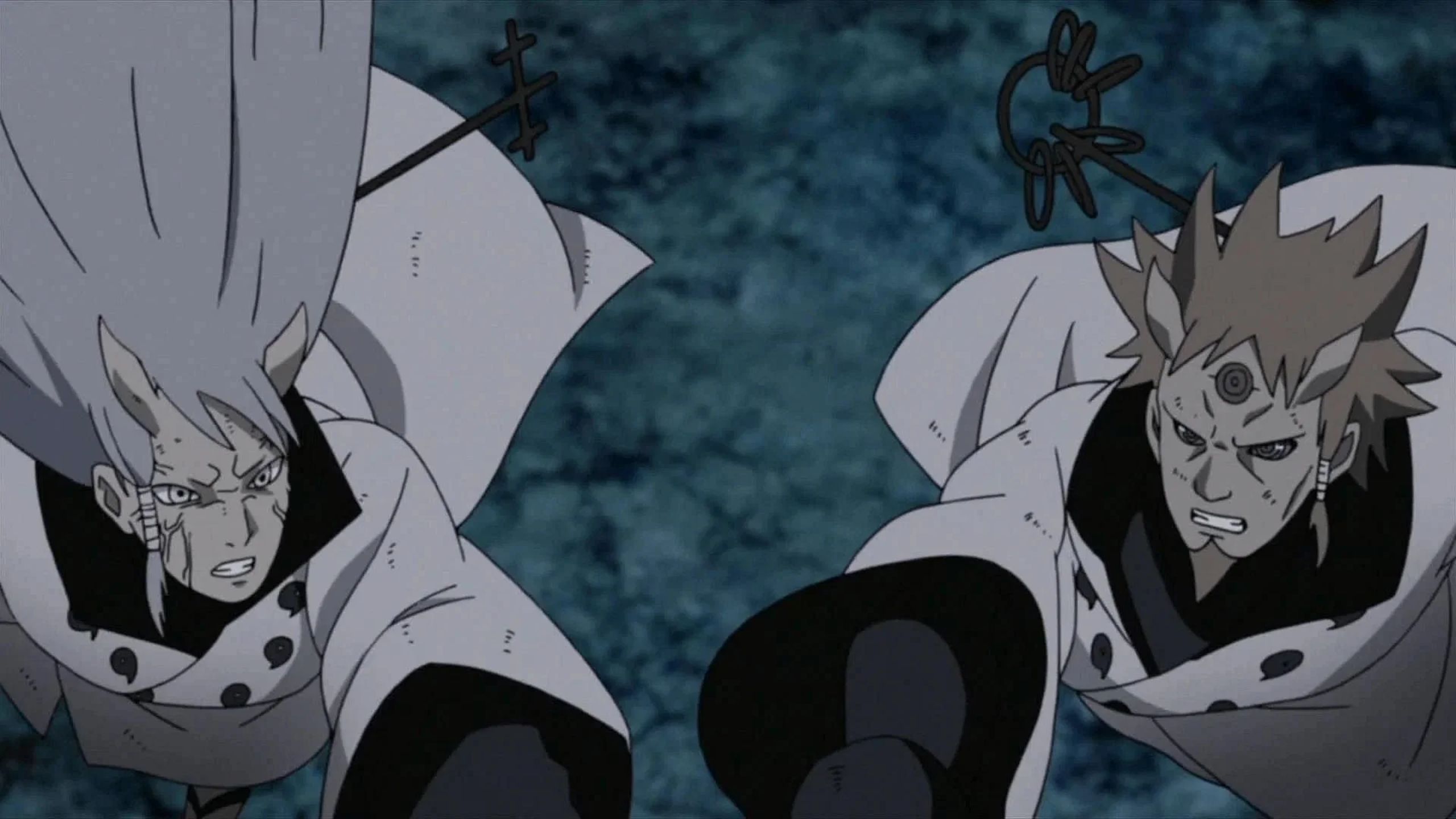
This would have set up a fascinating ideological battle between Naruto’s belief in individual freedom and Hagoromo’s desire for control.
Naruto’s greatest strength as a character is his ability to connect with others and inspire them to change.
Throughout the series, he convinced countless enemies to see the error of their ways and embrace a better path.
If Hagoromo had been the final antagonist, this ability would have been tested to its limits. Convincing the very creator of the shinobi world to change his ways would have been Naruto’s greatest challenge.
The Lore Behind Hagoromo
As mentioned earlier, one of the biggest issues with Kaguya as the final villain was the lack of development around her character.
She was introduced late in the story, and while there were hints of her existence throughout the series, her motivations and backstory were not explored in great detail until the final arc.
In contrast, Hagoromo’s story had been told in fragments throughout Naruto. From the Five Kage Summit arc to the revelations about the origin of chakra, Hagoromo’s presence loomed large over the entire narrative.
His story was deeply intertwined with the history of the shinobi world, and his influence could be felt in almost every major event.
During the Five Kage Summit, Tobi (later revealed to be Obito Uchiha) infiltrated the gathering of the five village leaders and dropped a bombshell.
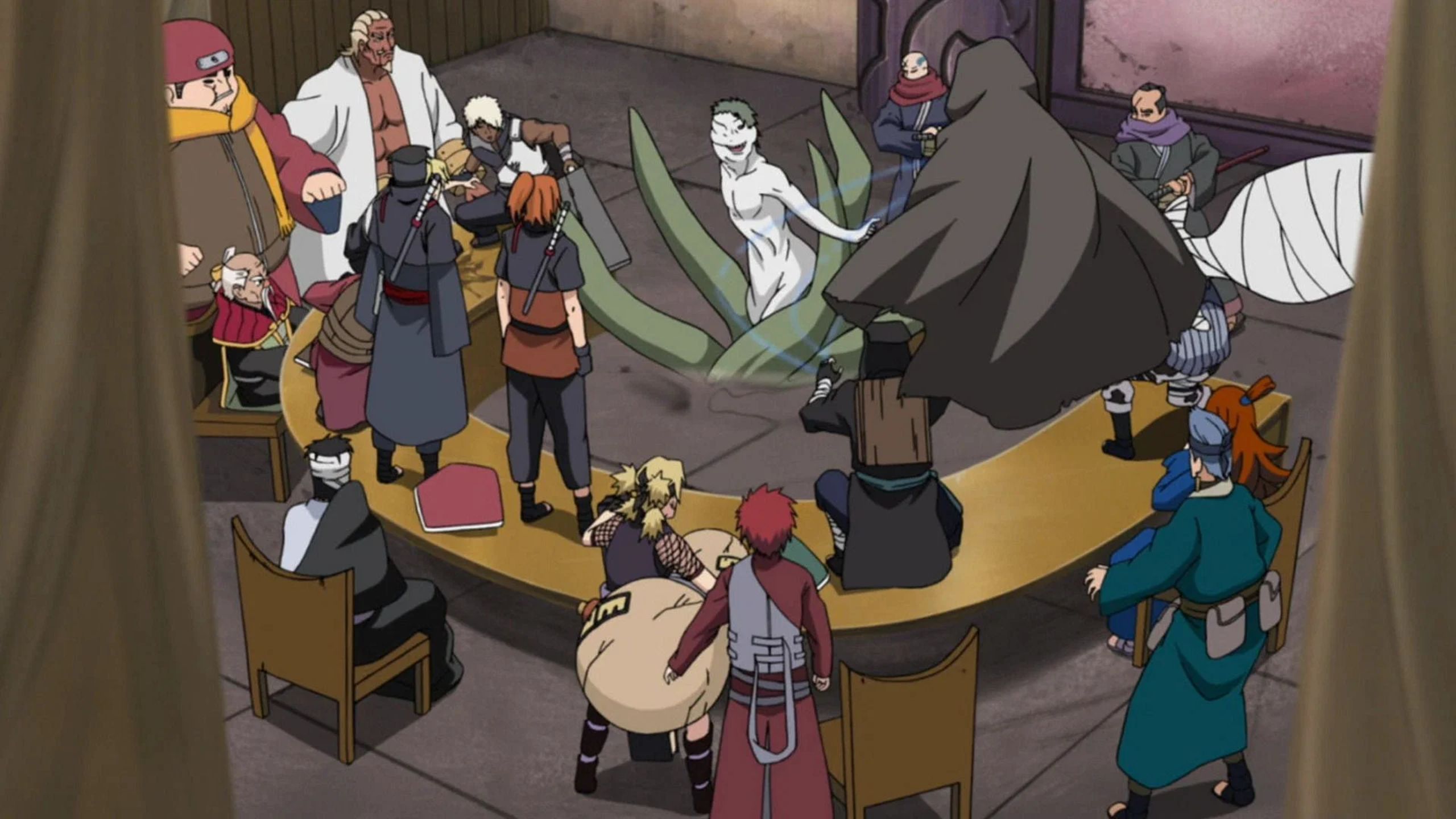
He revealed the origins of the Sage of the Six Paths and the existence of the Ten-Tails, shocking everyone present.
This moment was a turning point in the series, as it set the stage for the final arc and the ultimate battle against Kaguya.
If Hagoromo had been the final villain, this lore would have taken on even greater significance.
The revelations about the Sage of the Six Paths and the Ten-Tails would have been building toward a confrontation with Hagoromo himself, rather than his mother.
This would have given the final battle a much deeper connection to the series’ final narrative.
A More Powerful Adversary
Another reason Hagoromo could have been a more formidable villain than Kaguya is his sheer power. As the original jinchuriki of the Ten-Tails, Hagoromo possessed an almost god-like level of strength.
He was able to defeat the Ten-Tails and seal it within himself, a feat that no other character in the series could accomplish.
If Hagoromo had been the final villain, he would have posed an even greater threat to Naruto and Sasuke than Kaguya did.
Kaguya was undoubtedly powerful, but much of her strength came from her ability to manipulate dimensions and chakra in ways that her opponents couldn’t.

Hagoromo, on the other hand, had a more direct connection to the very essence of chakra itself. His mastery over the spiritual and physical aspects of the world would have made him a nearly unstoppable force.
Additionally, if Hagoromo had been the final antagonist, Naruto and Sasuke would not have received the Six Paths chakra from him.
This would have drastically changed the dynamics of the final battle. Without the power of the Six Paths, Naruto and Sasuke would have been forced to rely on their own abilities and teamwork to defeat him.
This would have made the final battle even more intense and challenging.
A Shorter but More Intense War
If Hagoromo had been the final villain, the Fourth Great Ninja War might have played out very differently. As the Sage of the Six Paths, Hagoromo had the knowledge and power to end the war quickly if he so desired.
Unlike Kaguya, who was somewhat disconnected from the events of the shinobi world, Hagoromo had a deep understanding of the conflicts and power struggles that had plagued the world for centuries.
If Hagoromo had decided to take control of the world himself, he could have used the Ten-Tails and the Infinite Tsukuyomi to bring an end to the war in a matter of moments.
This would have made for a much shorter but far more intense final arc. The stakes would have been higher, and the pressure on Naruto and Sasuke to stop him would have been immense.
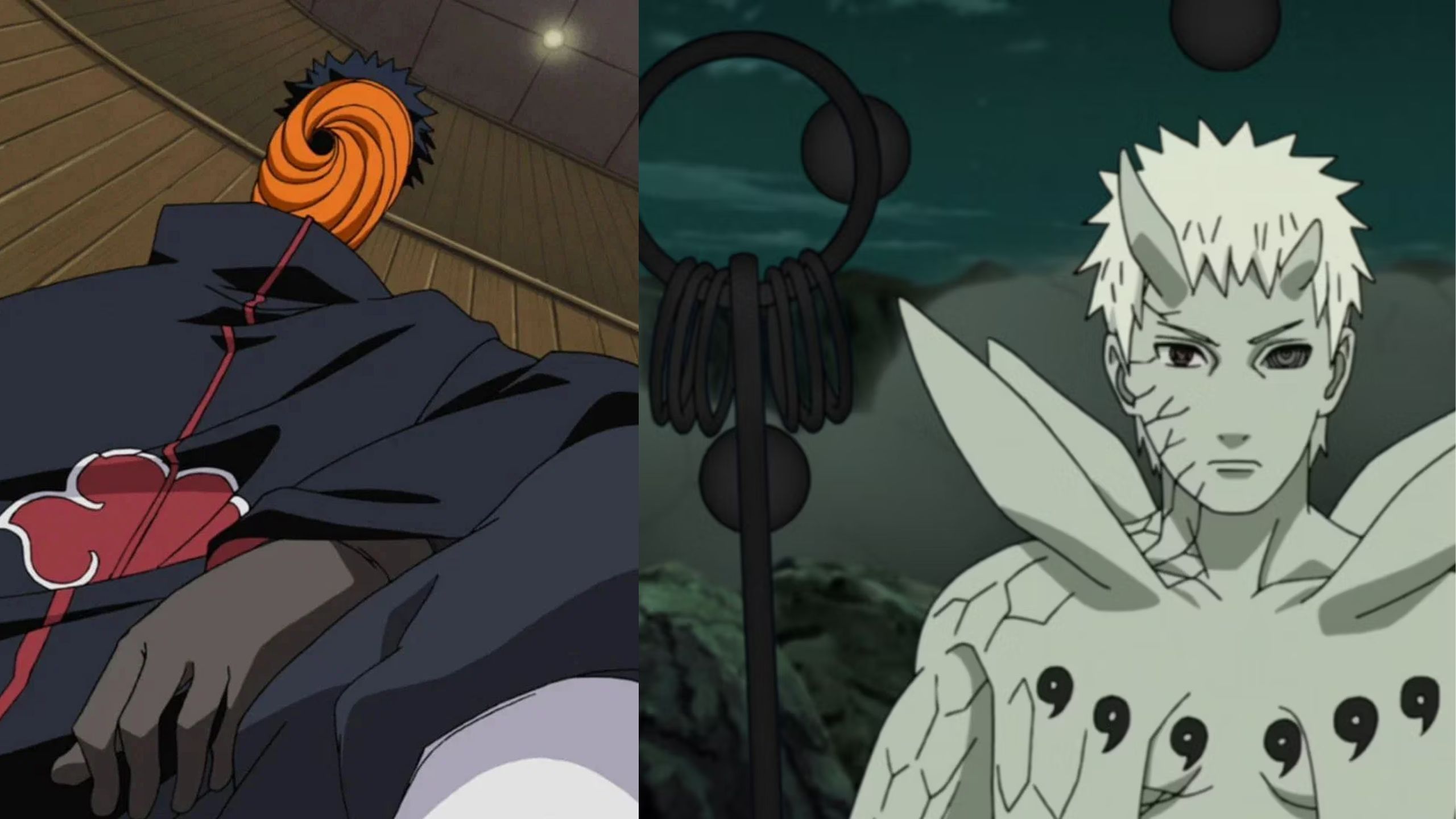
While Kaguya Otsutsuki served as the final antagonist of Naruto, her character lacked the depth and development that many fans expected.
Hagoromo Otsutsuki, on the other hand, had the potential to be a much more compelling and dangerous villain.
With his vast history, immense power, and deep connection to the lore of the shinobi world, Hagoromo could have been the perfect final adversary for Naruto and Sasuke.
His ideological conflict with Naruto, combined with his mastery of chakra, would have made for a much more engaging and emotionally resonant final battle.
In the end, while Kaguya’s sudden introduction may have surprised fans, the idea of Hagoromo as the final villain presents an intriguing “what if” scenario.
With his vast powers and deep-rooted influence on the shinobi world, Hagoromo could have been a villain unlike any other one that challenged not just the physical abilities of Naruto and Sasuke, but their very ideals and beliefs.

